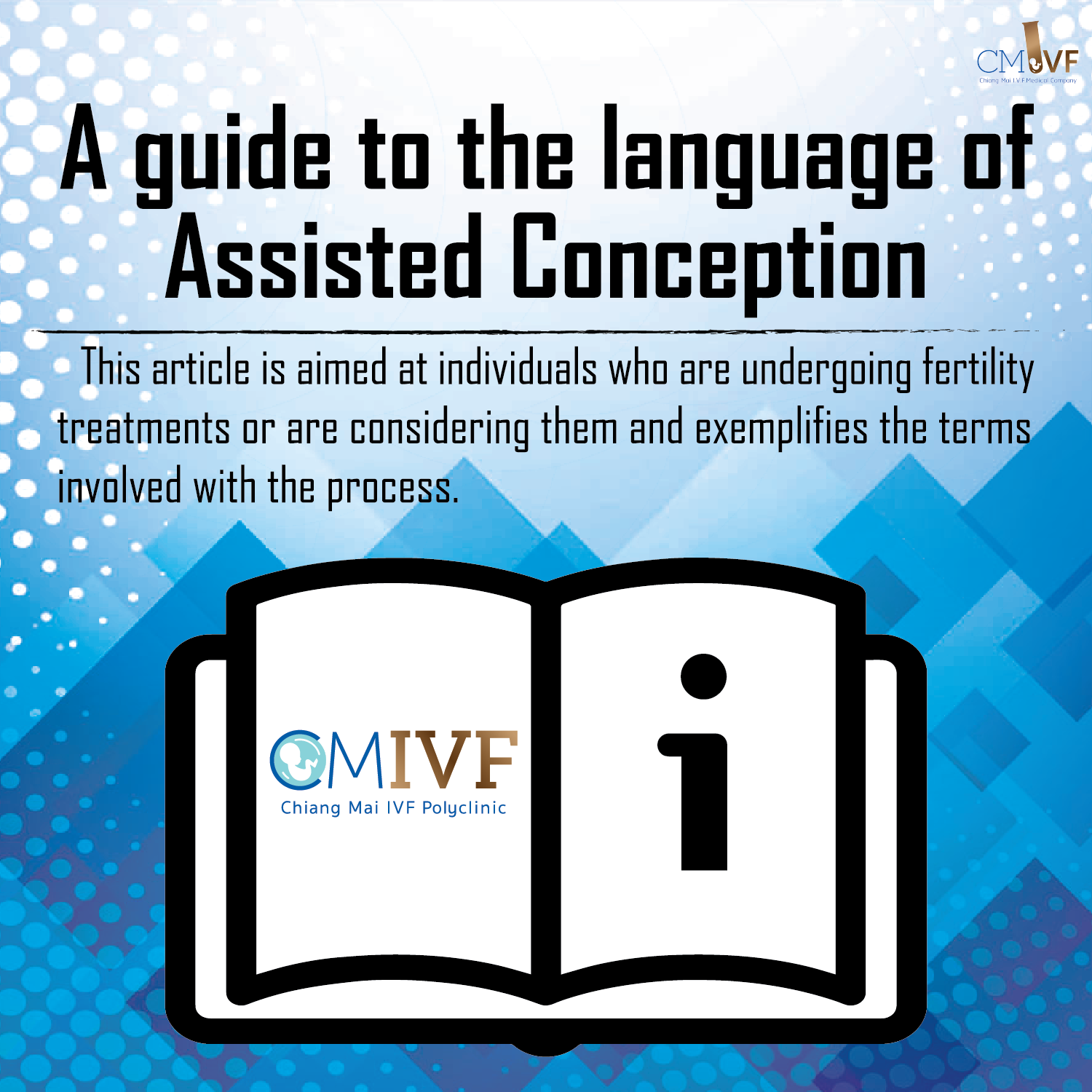
This article is aimed at individuals who are undergoing fertility treatments or are considering them and exemplifies the terms involved with the process.
1 A blastocyst is an embryo that has developed for five to six days after fertilization. Blastocysts are commonly used in in vitro fertilization (IVF) treatments.
2. Ovarian reserve refers to the number of eggs that a woman has in her ovaries. Ovarian reserve is an important factor in determining the success of fertility treatments.
3. Aneuploidy, which is a condition where an embryo has an abnormal number of chromosomes. It is
a common cause of miscarriage and can also lead to birth defects.
4. Anti-Mullerian hormone (AMH) is a hormone that is used to predict the likelihood of aneuploidy in embryos
5. Egg freezing is the process of harvesting and preserving a woman's eggs for future use. These eggs may later be used to make an embryo.
6.An embryo is a fertilized egg that typically contains 100 cells. It can withstand the freezing and storage process more than an egg.
7. HCG is the Human Chorionic Gonadotrophin, a hormone that helps eggs mature. If a patient is undergoing an egg retrieval, they'll typically get an HCG injection to help their eggs mature for collection.
8. PGT - Preimplantation Genetic Testing (PGT), is a test that screens embryos for potential genetic abnormalities or chromosomal conditions before implantation
These are the most common terms that are utilized in IVF implementation.
